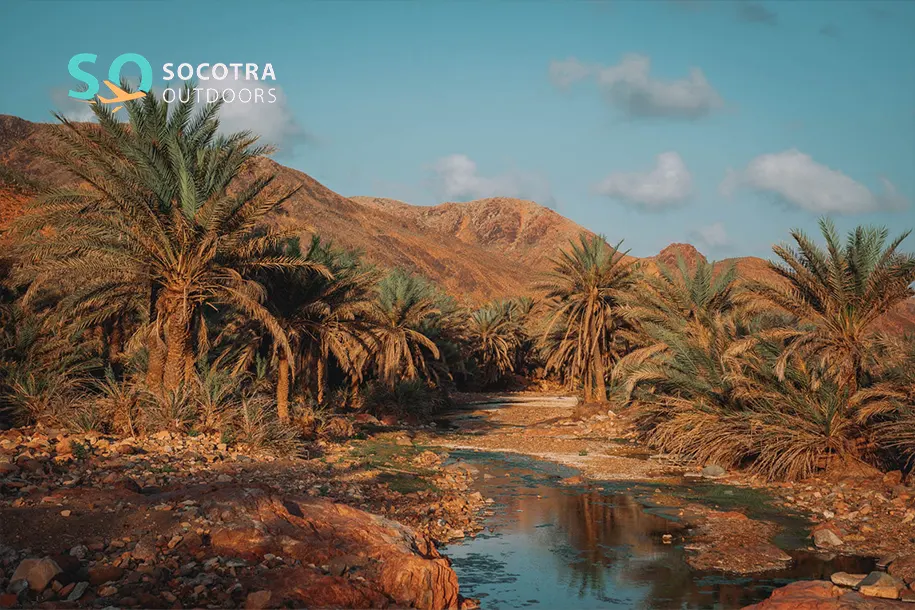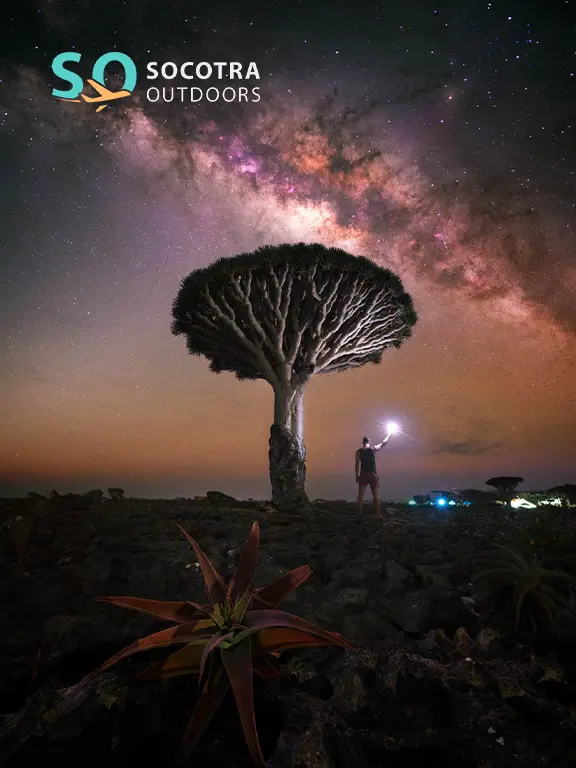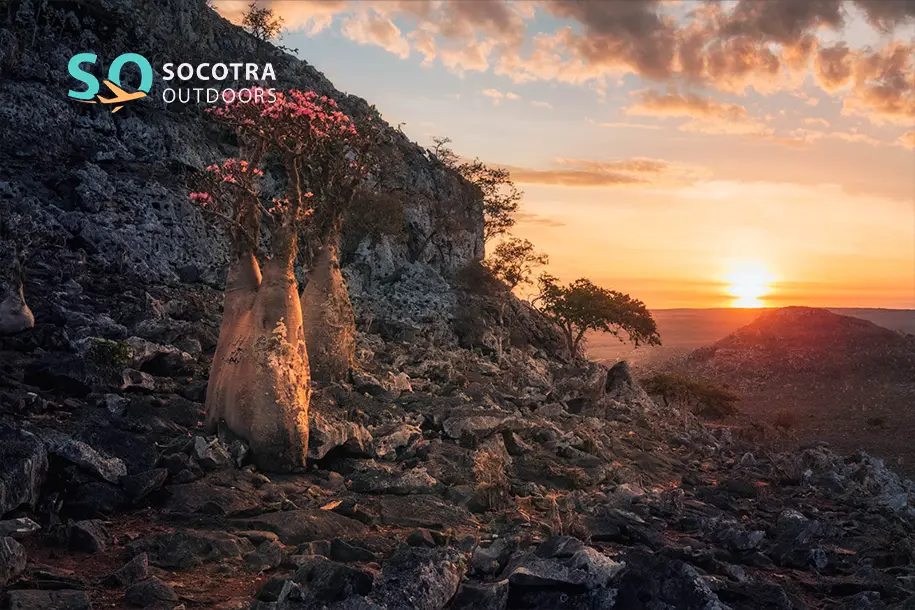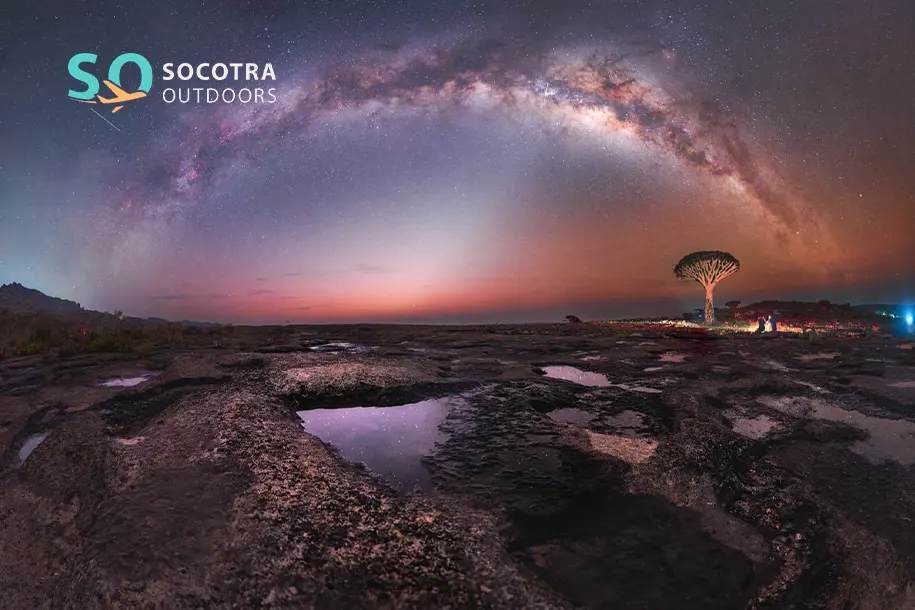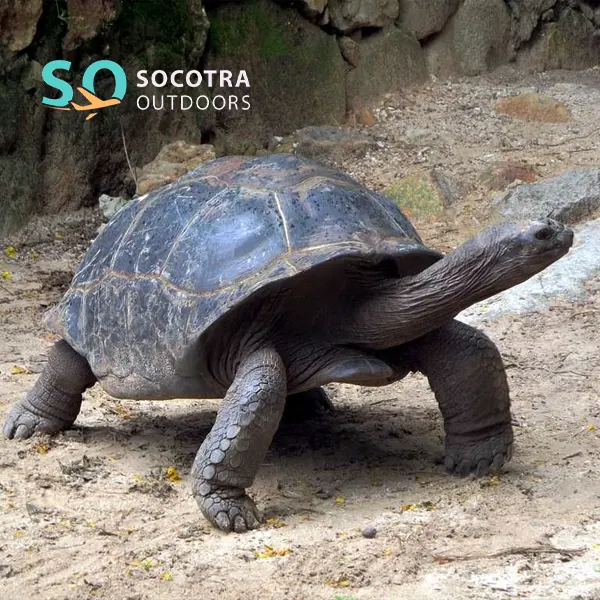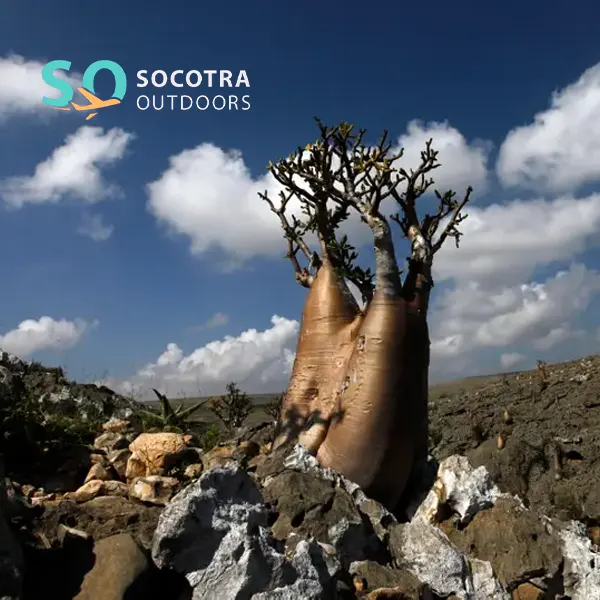About Socotra
Let’s dive into the fascinating world of Socotra Island and explore its unique features, rich biodiversity, and cultural heritage.
Socotra, the legendary island in the Indian Ocean, is one of the world’s most enchanting natural destinations.
Socotra is known for its unique biodiversity, home to more than 700 plant and animal species found nowhere else on Earth.
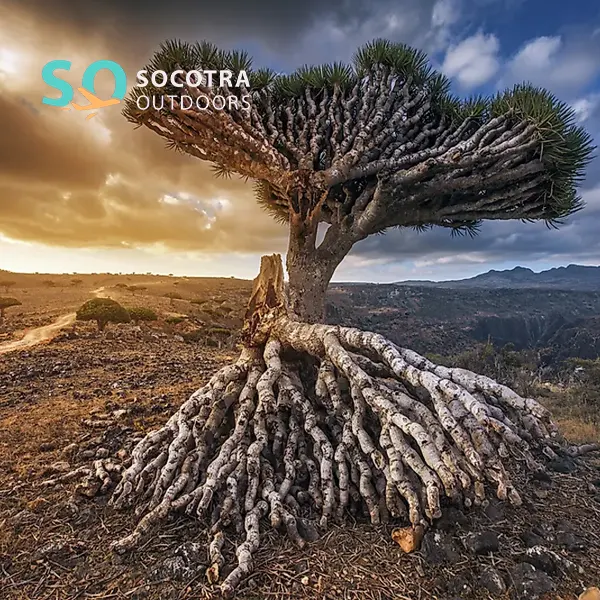
Socotra, the legendary island in the Indian Ocean, is one of the world’s most enchanting natural destinations.
Animals and plants
Socotra is not just an island, but a unique natural world with a rare biodiversity that makes it one of the most important destinations for nature lovers.
Birds: Socotra is a paradise for birdwatchers, with 225 species of birds, including 6 endemic species found nowhere else in the world.
Butterflies and Insects: Socotra is famous for its great diversity of butterflies and insects, hosting 190 species of butterflies and 600 species of insects, with a high percentage of endemic species found only on Socotra.
Reptiles: Socotra is distinguished by its unique reptile diversity, as 19 of the island’s 22 species are endemic.
Marine Life: Socotra is surrounded by a rich and diverse marine environment, including: 730 species of coastal fish 230 species of hard corals (including 5 endemic species) 30 species of soft corals 300 species of crustaceans (including 9 endemic species) 490 species of molluscs
Plants: Socotra is home to more than 800 plant species, 37% of which are endemic, such as the dragon’s blood tree (the island’s most famous plant), the frankincense tree, and the Socotra cucumber tree.
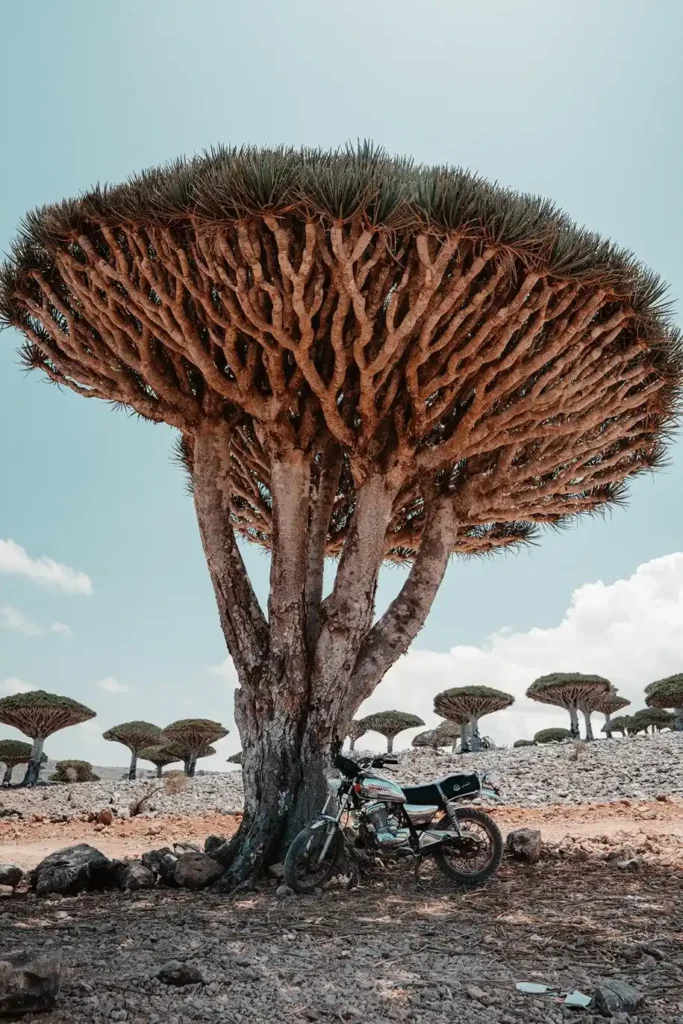
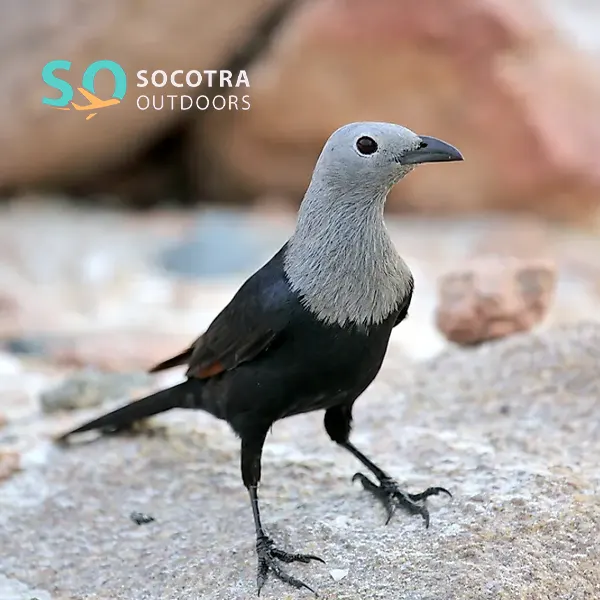
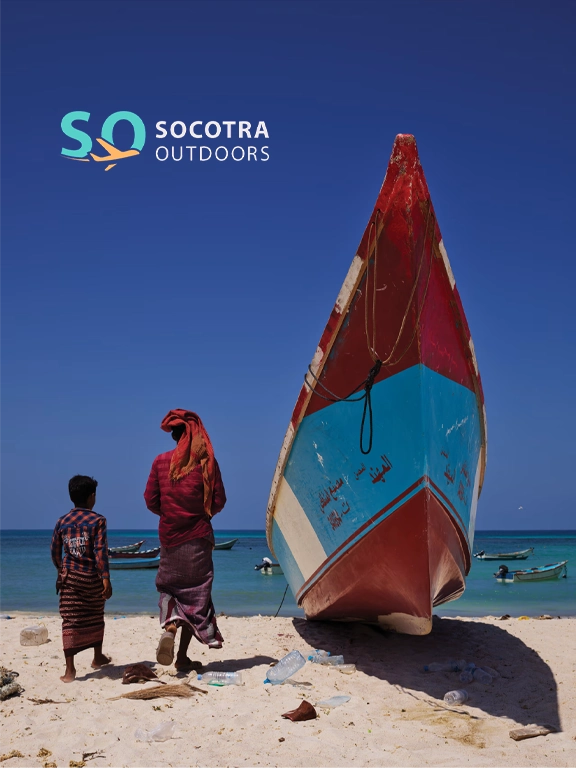

Culture and history
Climate and weather
